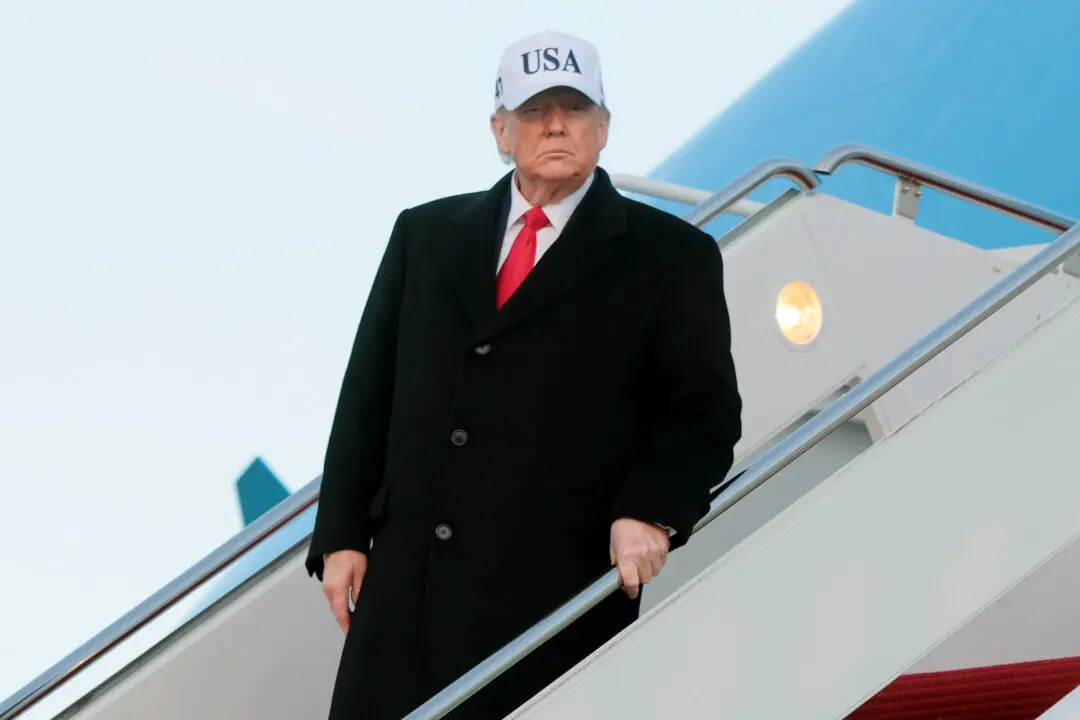The Jan. 6 Committee in a recent release tried to discredit Sen. Ron Johnson (R-Wis.) by unveiling text messages purportedly showing that the Wisconsin Republican was part of a multifaceted conspiracy to hand an alternate electoral slate for Michigan and Wisconsin to Vice President Mike Pence.
Specifically, the Jan. 6 panel suggested that Johnson’s chief of staff, in communication with a top Pence aide, had plotted to hand Pence an alternate slate of electors for President Donald Trump to be read in Congress on Jan. 6, when Congress convened to certify the reported results of the 2020 election.





